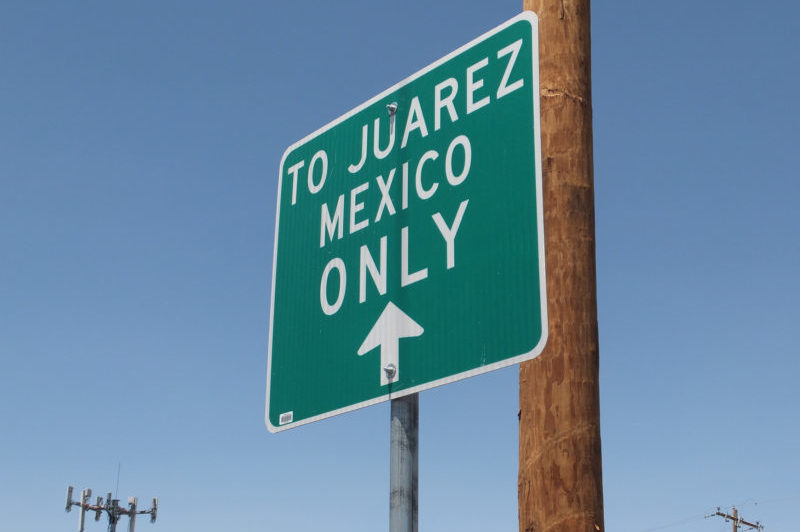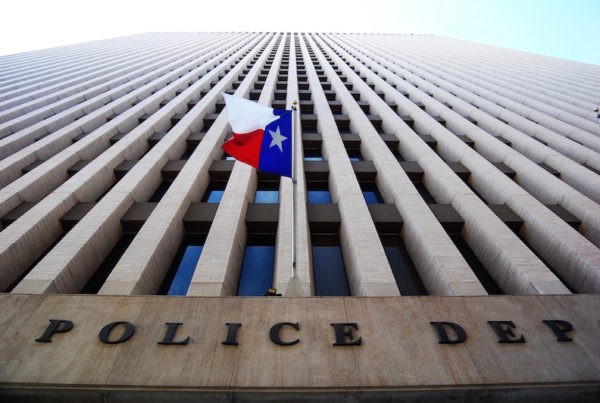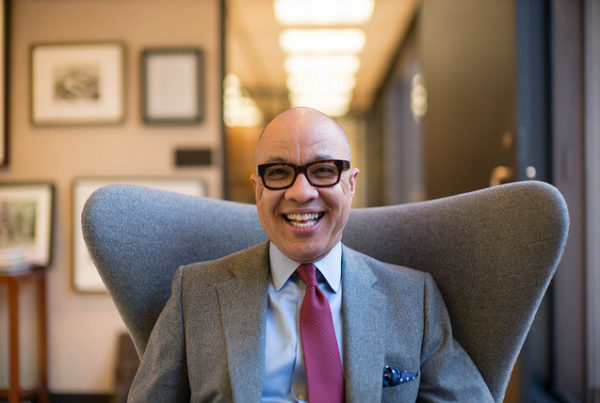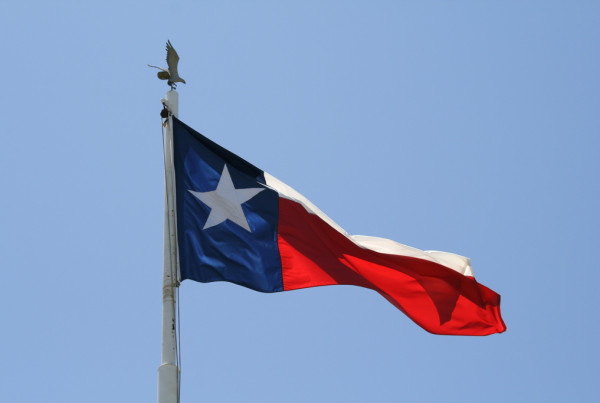To crib from the old song: “Out in the west Texas town of El Paso…”
We have to stop there, because the old stereotypes immortalized in the song don’t match what they’re seeing on the streets of El Paso right now. Immigrants crossing in from Mexico is still a thing, only the current wave of newcomers crossing the border and overwhelming shelters and churches providing relief are not Mexican, or even Central American. They’re coming from Cuba by the planeload. Estimates run as high as 350 newcomers each day. They’re trying to make sure they get into the US before relations between Havana and Washington get too cozy.
Bishop Mark Seitz is a bit frustrated over the lack of communication here. He is the bishop of the Diocese of El Paso, and he says that the diocese got involved in a “roundabout” way.
“We learned from the refugees themselves that they were arriving and they informed us that there were going to be more,” Seitz says. “We began checking and sure enough, there was an agreement reached between Panama and Mexico to send large number of refugees that had gotten that far, to our border town.”
Seitz says that for a while, some countries in South America were offering tourist visas to Cubans. The refugees flew there, hoping to continue on to America – where a 1966 law called the Cuban Adjustment Act grants Cuban immigrants special status. However, many ended up getting stuck in Panama, which became overwhelmed by the amount of immigrants passing through, hoping to reach America. So the country decided to send the Cubans on their way – to Mexico.
“I think Panama felt desperate to work out some kind of arrangement, because they had thousands of Cubans just waiting to pass through,” Seitz says. “(Panama) finally arrived at an agreement with Mexico. I guess they looked at a map and said, ‘Well, Juarez is about as close as we can fly them, we’ll take them there.'”
Once they arrive in Juarez, they head to El Paso, where volunteer organizations, like those affiliated with Sietz’s diocese, offer assistance.
“They’re received at the airport, bussed to the border and they walk across,” Sietz says. “From that point, there are no government services, nothing official organized. That’s where our church-related organizations have seen the need to step up and provide some service, so that these refugees who are totally lost have some place to go, some help to be able to find the assistance they need to go on to the next step.”
Listen to the full interview in the audio player above
Post prepared by Alexandra Hart

















